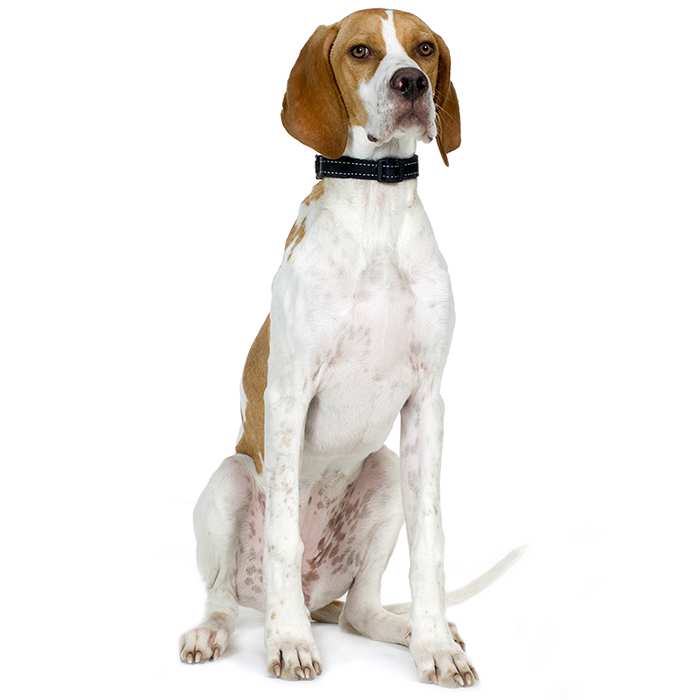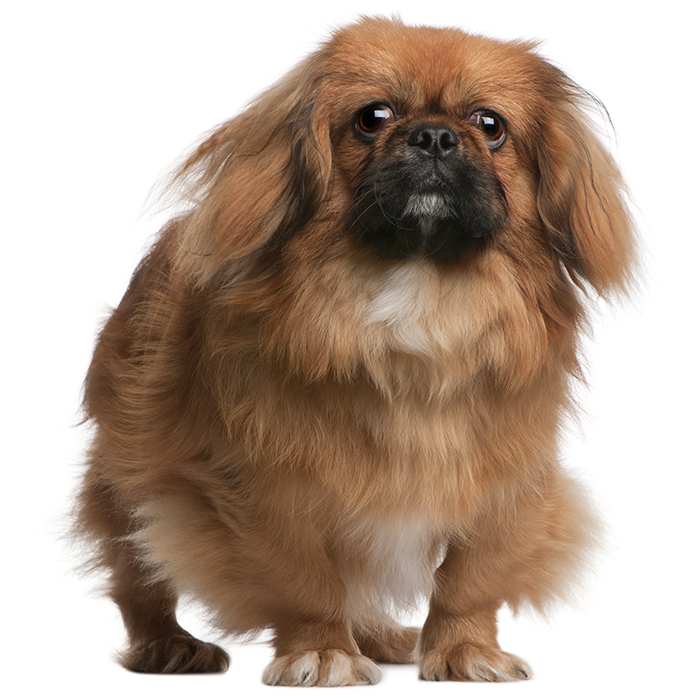Jack Russell Terrier


| Recommended for | Experienced owners & families with older children |
| Breed Classification | Terrier group |
| Other names | J.R.T. |
| Lifespan | 13-16 years |
| Size | Small |
| Temperament | Bold, alert, friendly |
| Intelligence | High |
| Tendency to bark | Above average |
| Maintenance Level | Medium |
| Health Risk | This breed is in the lower risk category for developing health issues, hence it is one of the least expensive breeds to insure. |
Insuring a Jack Russell Terrier?
Get our award-winning Nose-to-Tail Cover with up to $30k annual benefit limit, up to 90% of eligible vet bills back, and no sub-limits.
Get a quick quote
Is this breed right for you?
Try our breed selector quiz to find out your best matching breed!
Insuring a Jack Russell Terrier?
Get our award-winning Nose-to-Tail Cover with up to $30k annual benefit limit, up to 90% of eligible vet bills back, and no sub-limits.
Get a quick quote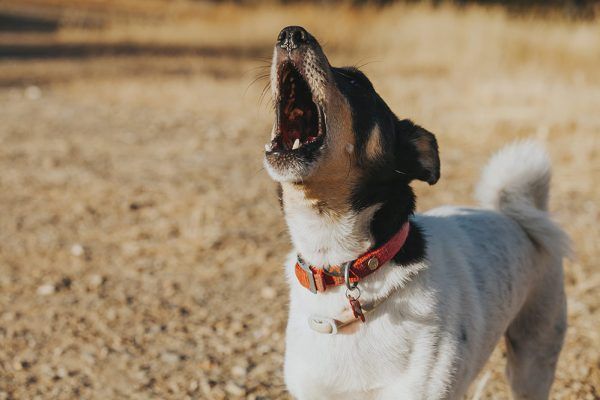
Breed history of Jack Russell Terriers
The Jack Russell Terrier is named after Reverend John “Jack” Russell, who developed the breed in the 1800’s from the now extinct English White Terrier. Russell was a keen fox hunter and his terriers were bred to work together with foxhounds in pursuit of the clever fox. He developed the traits that the Jack Russell Terrier is renowned for: tenacity, enthusiasm for the chase, independent problem solving and determined stubbornness.
After Russell’s death, Arthur Heinemann continued to work with the Jack Russell and introduced the first breed standard. He put Jack Russells to work digging for badgers and it’s thought that Bull Terrier stock may have been introduced to the breed at this time to increase its strength for digging. It may also explain the shortened legs that began to appear in the Jack Russells of this time.
The Jack Russell remained a working dog right up until the time of the Second World War when the popularity of fox hunting declined. However, many still admired the Jack Russell for its lively and enthusiastic nature and adopted the breed as a family companion.
It is not clear when the first Jack Russell Terriers came to Australia, but it was possibly before the turn of the 20th century. Record keeping only began in the early 1960’s and a club was not formed until approximately 1972, when the Jack Russell Terrier Club of Australia was established. Only in 1991 was the Jack Russell Terrier finally recognised as a breed in it’s own right in Australia.
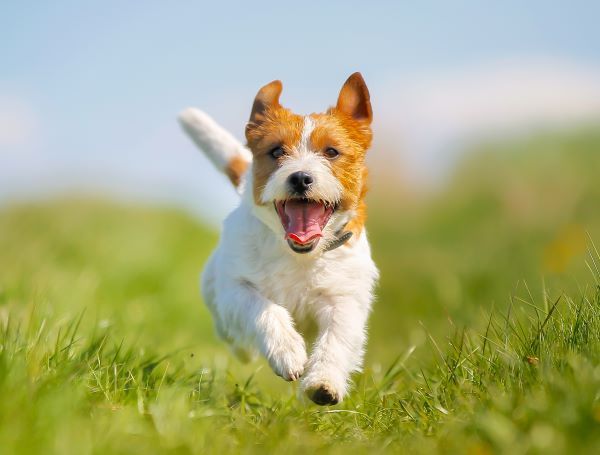
Physical description of Jack Russell Terriers
Some mistake the Jack Russell Terrier for the Miniature Fox Terrier, but Jack Russell’s legs are shorter, their bodies are longer and they have much wider chests that make them look more muscular. Their tails are held erect when they walk, which give them an alert appearance, as does their keen, intelligent facial expression.
The Jack Russell Terrier’s weatherproof coat comes in three varieties – smooth, rough and broken. Smooth coats are straight, flat hard, dense and abundant; broken coats are hard, wiry and free of softness or silkiness; while rough coats have long and hard wiry topcoat with an undercoat. White is always be the predominant coat colour, with black, tan or brown markings.
| Weight range | 6 to 8 kg |
| Height range | 25 to 30 cm |
| Colours | Predominantly white, with black, tan or brown markings |
| Coat length | Short |

Jack Russell Terrier personality and temperament
Jack Russell Terriers think they are big dogs and act like it too! They are not short on self-esteem and are alert, enthusiastic and incredibly brave for their size. Fun loving, friendly, playful and extremely loyal, they have a zest for life, enjoy being part of a busy family and make great companions for active adults and older children.
Jack Russells are very intelligent dogs that need strong leadership and clear and consistent commands. They can be susceptible to what is sometimes termed ‘small dog syndrome’, which refers to behavioural issues such as barking, growling, nipping and the destruction of property, that can arise if the dog isn’t effectively socialised, trained and managed.
They can be quite stubborn and are absolutely fearless in a confrontation with other animals, human beings and motor vehicles, and are best suited to a home with an escape proof yard. Digging is a natural activity for this breed, especially if they are bored, and they are regarded as accomplished escape artists.
Being high-energy terriers with powerful hunting instincts and a strong prey drive, keeping them on leash during outings is recommended, or the urge to go off on a chase may be irresistible. Good watch dogs, they show protective tendencies towards their family, so might bark at visitors or any strangers who come to the door.

Jack Russell Terriers with kids and other pets
Jack Russells are very loving and loyal animals and can be great companions for older children. Small kids should be closely supervised, however, as the breed will not tolerate any disrespect, annoyance or pain. Bites and yapping can occur if a child pulls the dog’s hair or yanks on its tail, for example.
They have a reputation for aggression towards other dogs of the same sex, and if you have a cat or pet rodent at home, things could get pretty troublesome. Jack Russells are notorious for getting on poorly with cats and other animals that resemble prey.
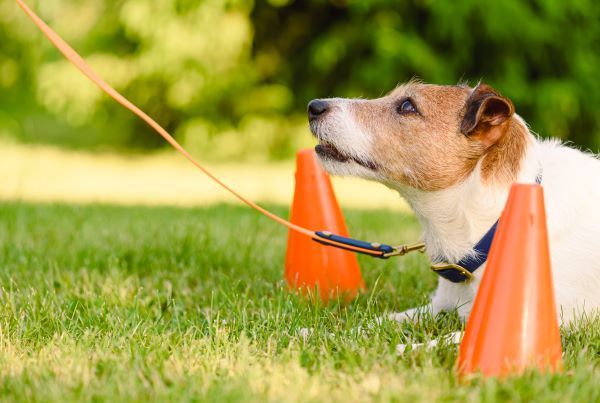
Jack Russell Terrier training and exercise
Hunters by nature, Jack Russells are extremely energetic and require a great deal of physical and mental stimulation. While they do enjoy living indoors, a secure backyard is best for the breed and daily walks or runs are essential, although exercise can also consist of play sessions in the backyard.
The Jack Russell’s weakness is the water: they love to go swimming to flush out birds, regardless if there are birds or not. They also thrive on long walks in the woods, where they can explore every hole and sniff every tree trunk.
Although they have a reputation for having big troublesome attitudes, Jack Russells can be obedient dogs when trained early and effectively. Training the JRT requires consistency, a gentle voice, and a great sense of humour.
Smart, energetic, and happy-go-lucky, they do get distracted and become bored easily, so training sessions must be kept fun and interesting. Positive training methods focused on giving praise and rewards for desired behaviour yield the best results. The breed does well at canine sports that require agility, speed, and intelligence, such as tricks, agility and flyball.
| Energy level | Very high |
| Exercise requirements | High |
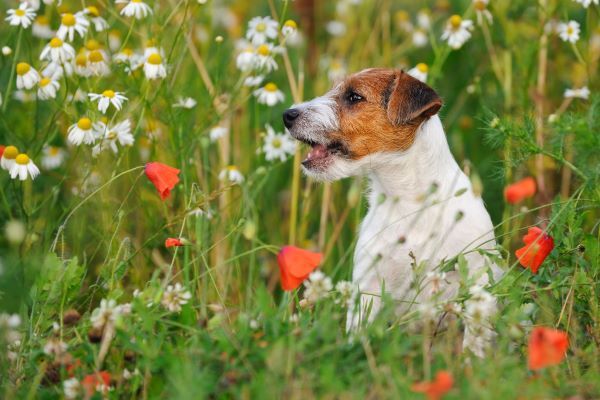
Jack Russell Terrier feeding and nutrition
Jack Russell Terriers should do well on a high-quality dog food that is appropriate for their age (puppy, adult, or senior), size and activity level.
They can become overweight so it’s important to monitor their weight and calorie consumption. Avoid feeding table scraps or overindulging them with treats.
Check with your vet if you have any concerns about your dog’s weight or diet.

Jack Russell Terrier care and grooming
The Jack Russell coat requires regular brushing with a brush that is best suited to their coat type. Smooth coats do best with weekly brushing, while rough and broken coats will need to be stripped every four weeks to avoid matting of the longer hairs.
A monthly bath should be sufficient, unless your JRT makes a habit of digging in the mud.
Health issues for Jack Russell Terriers
- Hip dysplasia is a condition where the thighbone and hip joint do not fit together properly, causing pain and lameness. Less severe cases can be treated with anti-inflammatory medications, but surgery may be required for serious cases.
- Patellar luxation, or loose kneecaps, is caused either by a deformity or trauma, which results in frequent dislocation of the patella in the knee, locking the leg. It causes pain and can be crippling, but many dogs lead relatively normal lives.
- Legg-Perthes is a disease of the hip joints of small dog breeds. It lowers the blood supply to the femur and causes the pelvis to disintegrate. Symptoms such as limping and atrophy of the leg muscle occur around the age of 4 to 6 months. The condition can be addressed with surgery.
- Inherited eye diseases can occur in the breed, including Ectopia Lentis, the displacement of the eye’s crystalline lens from its correct position. If not treated, the eye’s ability to see can deteriorate severely, possibly leading to complete blindness. The condition can usually be treated with surgery.
- Congenital deafness can occur in Jack Russells and can be detected from as early as four weeks of age. If you believe your Jack Russell is suffering from a loss of hearing, your vet can perform some tests to determine the situation.
Not all conditions are covered by Pet Insurance. For details of Bow Wow Meow Pet Insurance cover, refer to the Product Disclosure Statement.
Thinking about insuring a Jack Russell Terrier
Thinking about insuring a Jack Russell Terrier
Learn moreThinking about insuring a Jack Russell Terrier
Learn moreFree engraved pet ID tag on sign up3
Customer Satisfaction
21 day cooling off
Easy to use Pet Portal

GapOnly® in vet claims
MORE INFORMATION
Jack Russell Terrier Club of Australia: https://www.jackrussellterriers.com.au/
Jack Russell Terrier Club of VIC Inc: https://www.jrtcv.com/
Jack Russell Rescue: http://www.jrtrescue.net/
Jacklands: http://www.jacklands.com/rescues.htm


